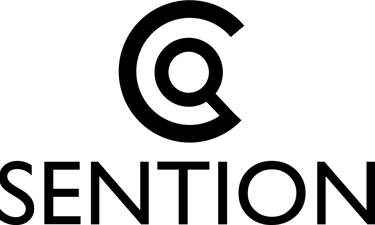
SENTURION
Developing high-resolution, non-invasive acoustic diagnostics for batteries - From lab concept to certified product.
SENTION TECHNOLOGIES
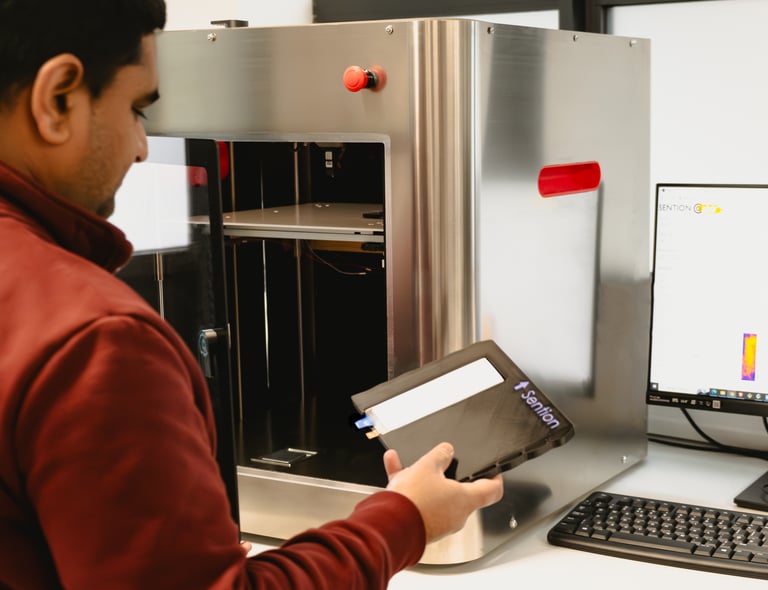

SSR Engineering partnered with Sention Technologies from the outset, helping to transform early concepts into functional prototypes, ultimately helping deliver the first commercially deployable scanner. The collaboration showcases how focused engineering support can accelerate innovation from proof-of-concept to certified product.
In today's energy transition, the ability to interrogate battery health, safety, and performance without teardown is critical - understanding internal degradation, defect formation, and remaining useful life directly impacts EV reliability, manufacturing yield, and circular economy viability.
Conventional non-invasive approaches - lab-based X-ray CT or synchrotron facilities - demands specialist equipment, high cost, and limited accessibility.
Ultrasound offers an elegant alternative: a scalable, cost-effective method that any manufacturer or operator could deploy without access to premium infrastructure. Within a year and with limited funding, Sention scaled from early IP development through rising TRL levels to a field-proven, CE-certified product ready for customer deployment.
SSR Engineering brings imaging and electrochemical experience spanning lab X‑CT, synchrotron X‑ray, neutron imaging (including 4D neutron CT of fuel cells), thermal imaging, plus published work on dynamic acoustic response of lithium‑ion batteries. This foundation enabled rapid translation from an academic proof‑of‑concept to robust, commercial R&D in acoustic imaging.
FIRST PROTOTYPE ITERATION
Converted manual, single-point measurements into a repeatable, automated scanning platform.
Engineered precision motion control for dense, reliable data acquisition across battery surfaces.
Produced 3D acoustic maps revealing internal structures consistent with known cell features.
Validated diagnostic accuracy through comparison with benchmark imaging methods.
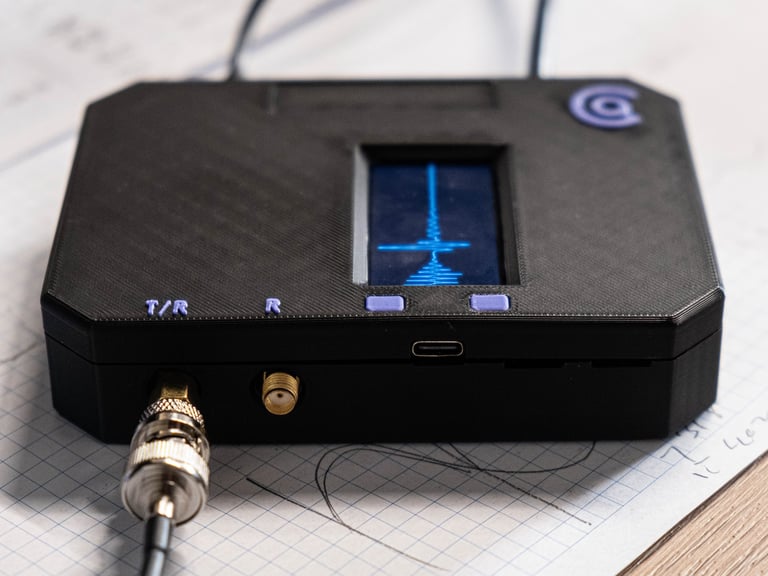

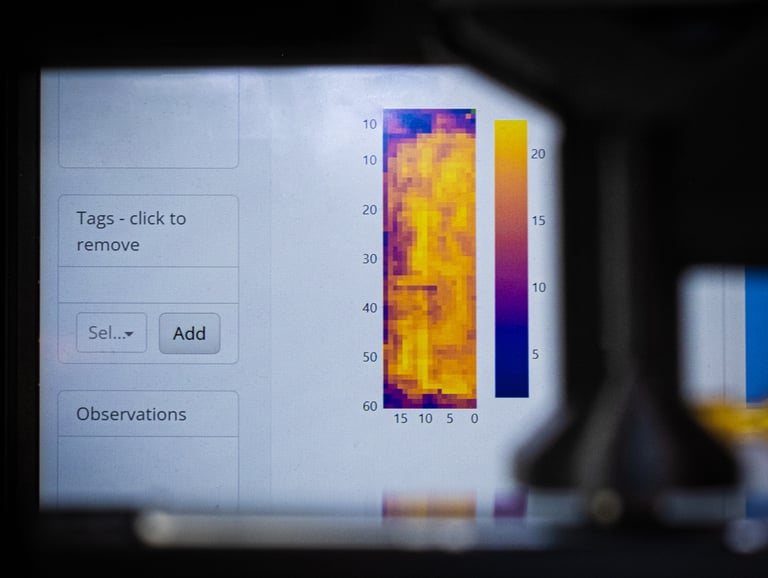

DATA + SENTINEL CLOUD
Conducted comprehensive research on acoustic behaviour across multiple formats and chemistries.
Demonstrated that acoustic mapping reveals internal structural changes linked to cycling and degradation.
Established a secure and scalable workflow for managing acoustic and electrochemical data (Sentinel Cloud).
Develop machine learning models trained on the acoustic signatures, with performance validated on held-out test data and inference demonstrated on unseen cells. Team was strengthened by the addition of Maria, a talented data scientist.
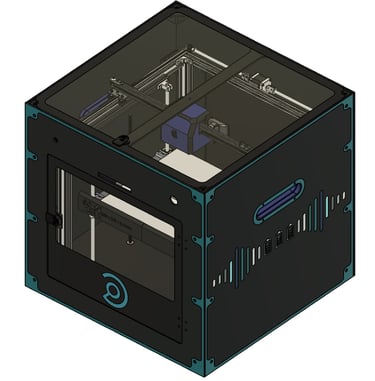



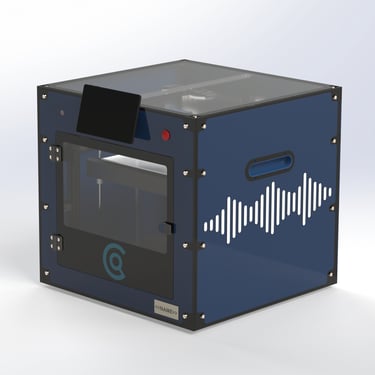

Renders of the Senturion product
Integrated R&D findings into refined hardware and intuitive software interfaces.
Simplified the user experience to enable non-specialists to operate the system confidently.
Upgraded prototypes from lightweight acrylic frames to robust metal housings with enhanced safety features.
Added advanced capabilities including:
PRODUCT DEVELOPMENT
QR code sample identification and automatic data upload
Interchangeable ultrasound transducers and onboard imaging for pre‑scan records
Improved acoustic coupling and anti‑crush safeguards
Exploration of both contact and non‑contact acoustic mode.
Prototype units operated continuously to support accelerated validation and model refinement.

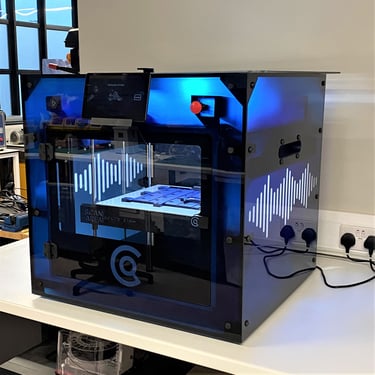
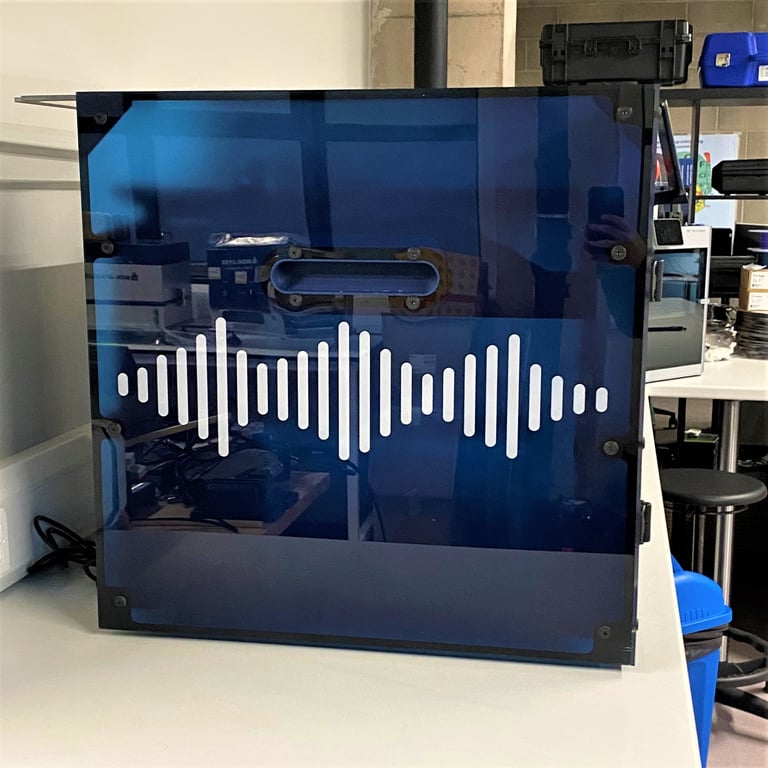

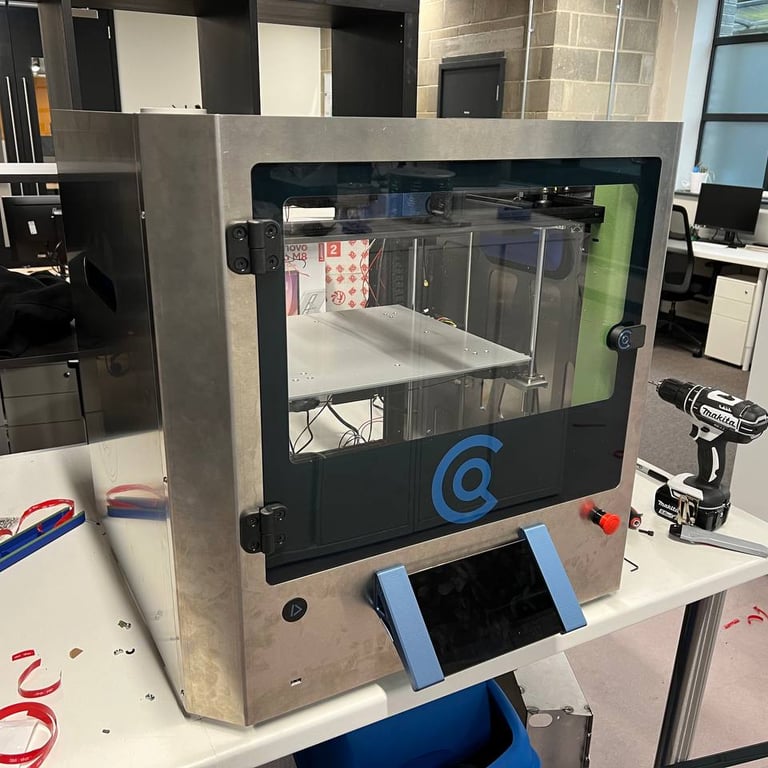

This engagement showcases SSR Engineering’s end‑to‑end support—from early TRL to certified product—advancing non‑invasive, in‑situ diagnostics that make electrochemical technologies safer, cheaper, and more reliable. Our ongoing mission is to expand diagnostic toolkits for fuel cells, electrolysers, and batteries, accelerating global adoption and better utilisation and efficiency of electrochemical power.
CUSTOMER TRIALS + PRODUCT CERTIFICATION
Supported final engineering, technical documentation, and conformity assessment for CE marking.
Helped deliver the first commercially deployable scanner, marking a major commercial milestone.
Validated performance and usability through early customer trials.
Demonstrated full progression from early prototype to certified, field-ready product.
Sention Technologies- Advancing Non-Destructive Battery Diagnostics
Sention is a UK battery diagnostics company that uses ultrasound imaging and proprietary software to 'see inside' cells - delivering fast, non-destructive insights across the battery lifecycle.
The company recently secured £3.7million in seed funding to further commercialise its technology and scale intro high-volume manufacturing environments.

© Copyright SSR Systems Engineering Ltd - All rights reserved

